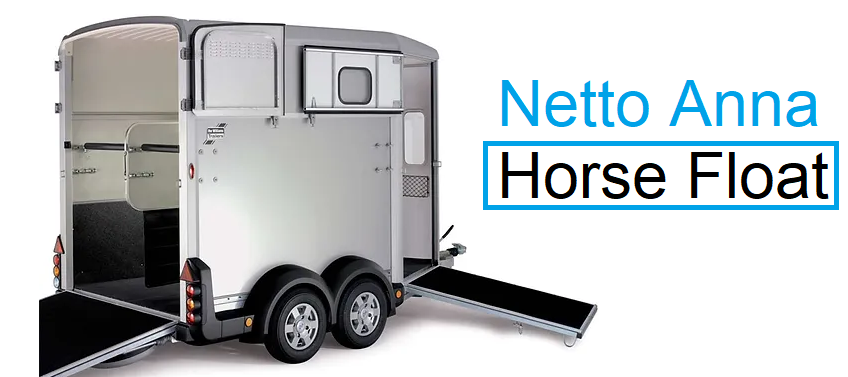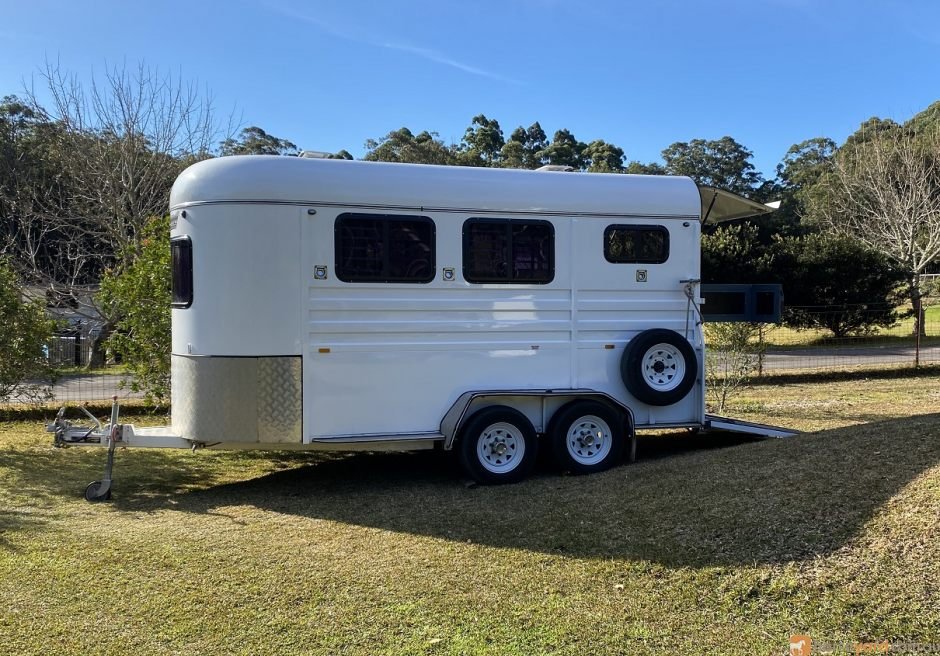Blog
How to Choose the Right Horse Float in Australia
how to choose the right horse float in Australia , Transporting horses safely is a significant concern for every horse owner in Australia, making choosing the right horse float a critical decision. A horse float not only ensures the safety and comfort of your horse during transit but also plays a role in maintaining the animal’s health and well-being. With numerous options available on the market, selecting the best horse float can seem overwhelming. Whether you’re a seasoned equestrian or a first-time buyer, understanding key factors to consider when buying a horse float in Australia will make the process easier and ensure your horse travels in the best possible conditions.
In this guide, we will walk you through the most important aspects to consider when choosing the right horse float, helping you make an informed decision.
1. Size and Capacity of the Horse Float
The size of the horse float is one of the first things to consider. Not all horses are the same size, and depending on the breed, you may need more room. Australian Standardbreds, Thoroughbreds, and Warmbloods can vary greatly in height and length, so it’s essential to ensure your horse has enough space to stand comfortably, move slightly, and maintain balance while in motion.
When choosing a horse float, make sure it has adequate height, length, and width for your horse. A cramped float can lead to stress, fatigue, or even injuries during transport. It’s always better to opt for a slightly larger float than to risk your horse’s comfort.
Additionally, consider how many horses you’ll be transporting. Horse floats in Australia typically come in single, double, or larger varieties. If you need to transport more than one horse, ensure the float is spacious enough to safely accommodate multiple horses without them being squeezed too tightly together.
2. Weight Capacity and Towing Vehicle Compatibility
The weight of the horse float and your horse combined is a vital factor. Make sure that your towing vehicle is capable of safely pulling the loaded float. Exceeding the weight limit of your vehicle can lead to dangerous situations on the road, such as loss of control, brake failure, or excessive wear on the vehicle’s transmission.
Check the manufacturer’s specifications on both the horse float and your towing vehicle to ensure compatibility. Your vehicle’s towing capacity should comfortably handle the fully loaded horse float, including the horses, gear, and any extra equipment you may bring along. For instance, if your towing vehicle has a towing capacity of 2,500 kg, ensure the horse float and your horses do not exceed this limit.
3. Materials and Build Quality
Horse floats in Australia are commonly made from steel, aluminium, or a combination of materials. The choice of material can affect the durability, maintenance, and cost of the float.
- Steel floats are robust and offer good durability, but they tend to be heavier and may require regular maintenance to prevent rust, especially if you live in coastal areas or wet environments.
- Aluminium floats are lighter and rust-resistant, making them easier to tow and maintain. However, they may not offer the same strength as steel.
- Fibreglass floats are an alternative that provides good insulation and are often lightweight. However, they can be more prone to damage if not handled carefully.
Regardless of the material, make sure the float has solid construction with high-quality welding, durable flooring, and a well-supported roof. The last thing you want is for a float to fall apart while on the road.
4. Safety Features
Safety is paramount when transporting horses, so the right horse float should include various safety features to protect both the horse and the driver.
- Braking system: Ensure the horse float has a reliable braking system that’s compatible with your towing vehicle. Electric brakes are common in Australia, and they provide excellent control when towing heavy loads.
- Internal padding: The float should be padded along the walls and partitions to protect the horse from injury during sudden stops or rough roads.
- Non-slip flooring: A non-slip rubber mat or textured flooring is crucial to provide grip and prevent horses from slipping, especially when loading or unloading.
- Ventilation: Good airflow is important to keep your horse cool and comfortable, particularly in Australia’s hot climate. Ensure the float has adequate ventilation but also consider weatherproofing features to protect the horse from rain and wind.
- Emergency exit: Some horse floats come with an emergency exit that allows for easy and safe removal of the horse in case of an accident or when rear loading becomes impossible.
5. Suspension and Ride Quality
The comfort of your horse during the journey depends significantly on the suspension and ride quality of the float. Poor suspension can cause a bumpy ride, leading to discomfort, stress, or even injury for your horse.
Look for horse floats equipped with independent suspension systems, which provide a smoother and more stable ride. Additionally, check that the float is well-balanced and properly aligned to prevent excessive sway while driving. A well-suspended float will ensure that the horse has an easy ride and arrives at the destination in good condition.
6. Loading and Unloading Ease
The ease with which your horse can be loaded and unloaded from the float is another critical factor. Horses can be sensitive to new environments, so you want the loading process to be as stress-free as possible.
There are different configurations for loading and unloading, including:
- Straight load floats: These allow horses to walk straight in and out.
- Angle load floats: These provide more space for horses to stand at an angle, which can make loading less intimidating for some horses.
- Step-up floats: Require horses to step up into the float. While simpler, some horses may have difficulty stepping up or down, depending on their training or physical condition.
- Ramped floats: Have a ramp that makes it easier for horses to walk in. These are often preferred by owners with horses that are nervous about stepping up.
It’s crucial to choose a float that best suits your horse’s behavior and temperament. Some floats even come with adjustable ramps or partitions to make loading easier for multiple horses.
7. Storage and Extra Features
Finally, consider any additional features or storage options that can make your trips more convenient. Some horse floats come with built-in tack boxes, saddle racks, or extra compartments for storing feed, water, and equipment. If you often go on long journeys or plan to attend competitions, these extra features can be very useful.
Another feature to look for is internal lighting, which is helpful when loading and unloading in low light or during night-time travel.
Conclusion on how to choose the right horse float in Australia
Choosing the right horse float in Australia requires careful consideration of various factors, including size, weight capacity, materials, safety features, and loading configurations. By taking into account your horse’s size, the type of towing vehicle, and your specific needs, you can find a horse float that ensures the safe and comfortable transport of your beloved equine companion. Prioritize safety, comfort, and durability, and you’ll have peace of mind every time you hit the road with your horse in tow.


